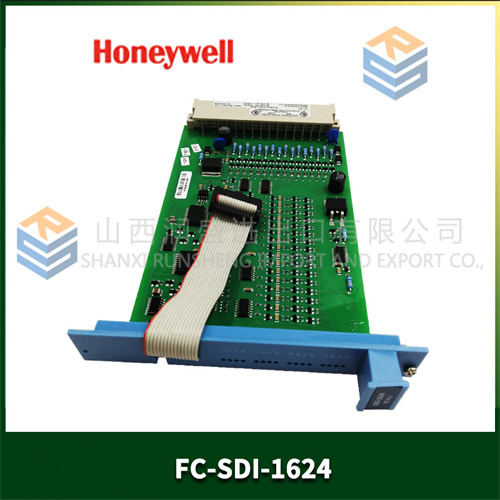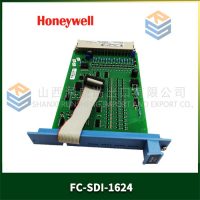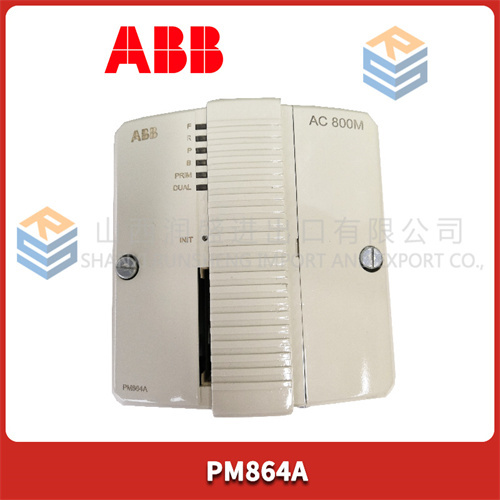Description
3. Hypothetical Product Parameters
| Parameter | Hypothetical Specification |
|---|---|
| Supply Voltage | 24 VDC, a common voltage in industrial applications, providing a stable power source for the internal circuitry. |
| Power Consumption | Approximately 10 W, indicating a relatively low – power device suitable for continuous operation without significant energy consumption. |
| Input/Output Channels | – If it’s a data acquisition device: 16 analog input channels and 24 digital input/output channels. This allows for a wide range of sensor and device connections. – If it’s a network communication device: 16 SDI input ports and 24 SDI output ports, enabling multiple device connections for signal distribution or aggregation. |
| Communication Interfaces | – Ethernet: For high – speed data transfer and connection to a local area network (LAN). It may support Gigabit Ethernet for fast data communication. – Serial Ports: RS – 232/RS – 485 for local configuration, debugging, or connection to legacy devices. |
| Sampling Rate (if data acquisition) | Up to 100 kS/s (kilosamples per second), allowing for accurate capture of fast – changing signals. |
| Resolution (if data acquisition) | 16 – bit resolution for analog – to – digital conversion, providing high – precision measurement of analog signals. |
| Operating Temperature | – 20°C to 60°C, enabling it to operate in a variety of industrial and environmental conditions. |
| Storage Temperature | – 40°C to 70°C, ensuring the product’s integrity during storage and transportation. |
| Dimensions | [Length: 200 mm, Width: 150 mm, Height: 50 mm], a compact size that can be easily installed in control cabinets or on equipment racks. |

1. Product Overview
Based on the naming convention, the FC – SDI – 1624 could be a product in the field of industrial automation, data acquisition, or network communication. The “FC” might represent the brand or a product family, “SDI” could stand for a specific technology or interface type (e.g., Serial Digital Interface in some contexts), and “1624” could be a model – specific identifier indicating certain features like the number of channels or ports.
2. Hypothetical Functions
If it’s a Data Acquisition Device
- Signal Collection: It could be used to collect analog or digital signals from various sensors. For example, in an industrial manufacturing process, it can gather data from temperature sensors, pressure sensors, and flow sensors to monitor the process conditions.
- Data Conversion and Transmission: The device may convert the collected analog signals into digital data and then transmit this data to a central control system or a data – logging device. It could support communication protocols such as Modbus, Ethernet/IP, or Profibus to send the data over a network.
If it’s a Network Communication Device
- Interface Expansion: It might serve as an interface expansion unit. For instance, in a large – scale network, it can provide additional SDI ports to connect more devices, such as cameras in a surveillance system or audio – visual equipment in a broadcast studio.
- Protocol Conversion: The FC – SDI – 1624 could perform protocol conversion between different types of SDI interfaces or between SDI and other network protocols. This allows for seamless communication between devices that use different communication standards.

4. Possible Advantages and Features
For a Data Acquisition Device
- High – Channel Density: The 16 analog and 24 digital channels provide a large number of input/output options, allowing for comprehensive monitoring and control of industrial processes with multiple sensors and actuators.
- Accurate Data Collection: The high sampling rate and 16 – bit resolution ensure accurate measurement of analog signals, which is crucial for process control and quality assurance.
- Flexible Communication: The support for multiple communication protocols enables easy integration into existing industrial networks, facilitating data sharing and system interoperability.
For a Network Communication Device
- Port Expansion: The 16 input and 24 output SDI ports allow for significant expansion of the SDI – based network, accommodating more devices without the need for complex network topologies.
- Protocol Flexibility: The ability to perform protocol conversion enhances the compatibility of different devices in the network, enabling seamless communication between legacy and modern equipment.
- Reliable Performance: Designed to operate in a wide temperature range and with a low – power design, it offers reliable performance in various environments.
5. Potential Application Areas
If it’s a Data Acquisition Device
- Industrial Manufacturing: In factories, it can be used to monitor and control production processes, such as in automotive manufacturing, food processing, and chemical production.
- Energy Management: In power plants, it can collect data from sensors on generators, transformers, and power lines to optimize energy production and distribution.
- Environmental Monitoring: For monitoring environmental parameters such as air quality, water quality, and weather conditions.
If it’s a Network Communication Device
- Broadcast and Media: In television studios, it can be used to distribute and manage SDI – based video and audio signals between cameras, switchers, and recorders.
- Surveillance Systems: To connect multiple SDI – enabled cameras in a large – scale surveillance network and transmit the video signals to a central monitoring station.
6. Selection Suggestions
- Function Requirements: Clearly define your specific requirements. If you need a data acquisition device, determine the number of channels, the type of signals (analog or digital), and the required sampling rate and resolution. If it’s a network communication device, consider the number of ports and the supported protocols.
- Compatibility: Ensure that the FC – SDI – 1624 is compatible with your existing equipment, including sensors, actuators, network switches, and control systems. Check the electrical specifications, communication interfaces, and software compatibility.
- Environment: Consider the installation environment, such as temperature, humidity, and the presence of dust or corrosive substances. Make sure the device can operate reliably in such conditions.
- Cost – Benefit Analysis: Compare the cost of the product with its features and performance. Consider the long – term benefits, such as improved efficiency, reduced downtime, and better system integration.
7. Precautions
- Installation: Follow the installation instructions carefully to ensure proper grounding and connection. Incorrect installation can lead to electrical interference, communication errors, or device malfunctions.
- Maintenance: Regularly check the device for any signs of damage or wear. Clean the device and its connectors if necessary, especially if it’s installed in a dusty environment.
- Software Updates: If the device has associated software, keep it up – to – date to access the latest features, improvements, and security patches.




.jpg)





Reviews
There are no reviews yet.